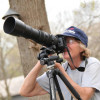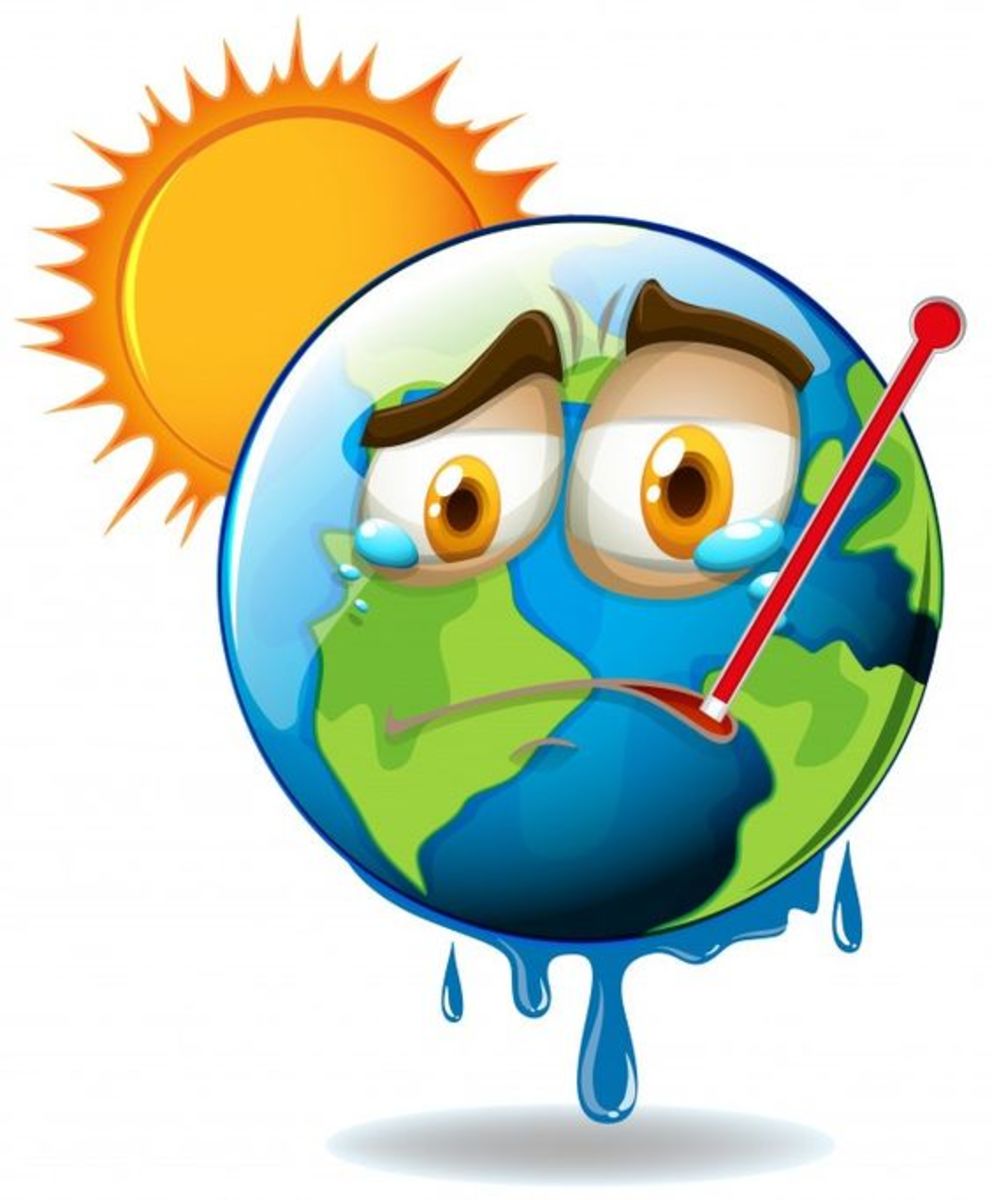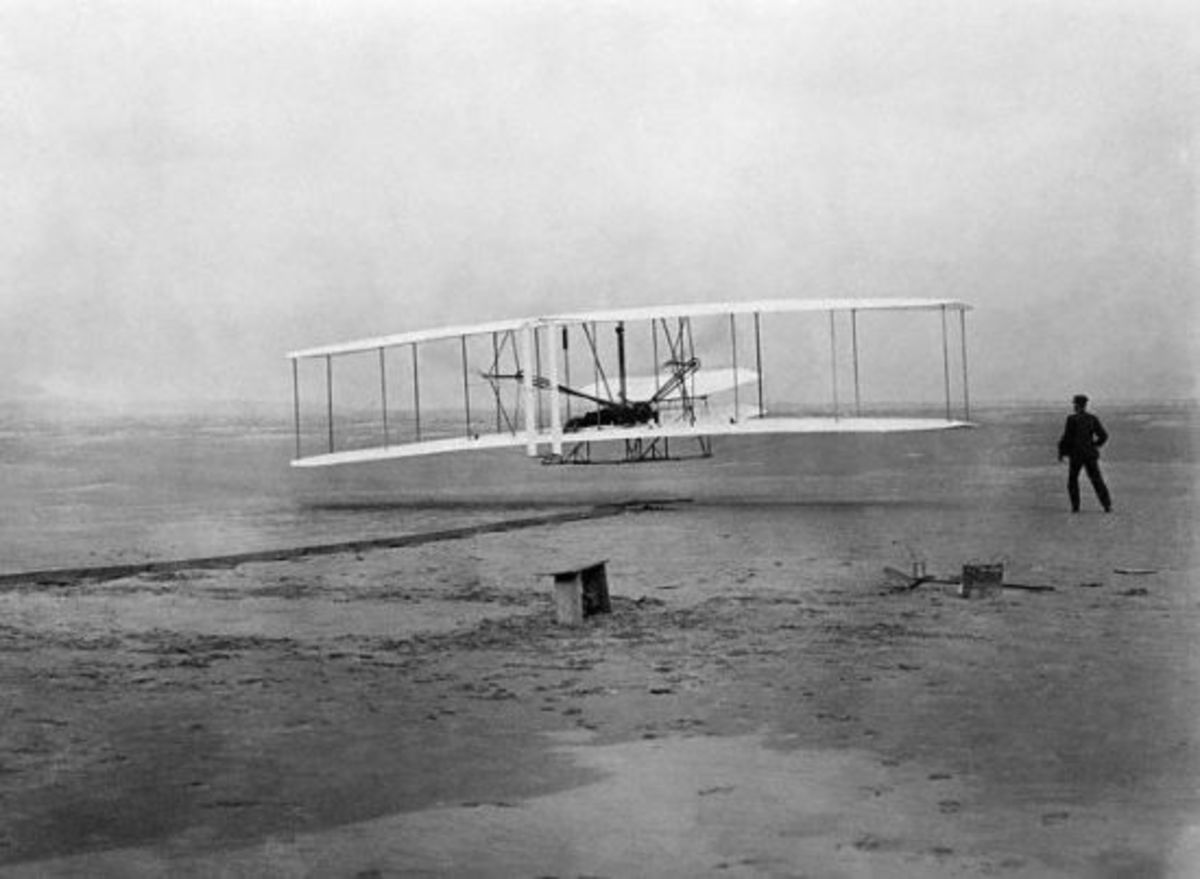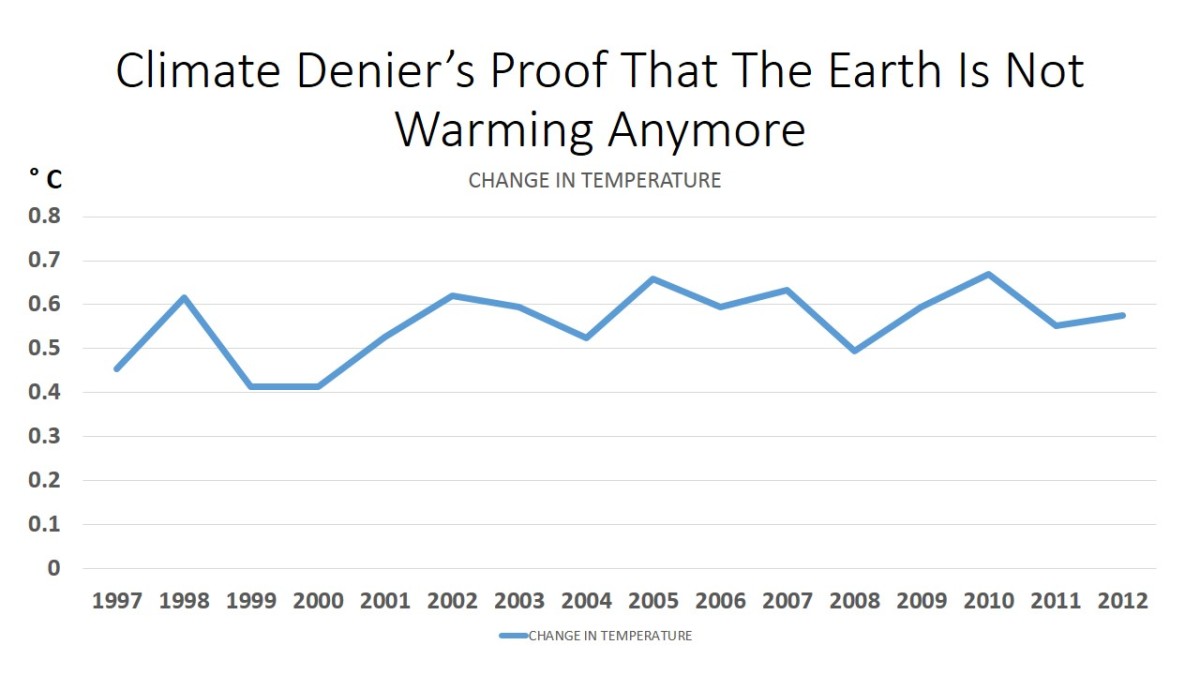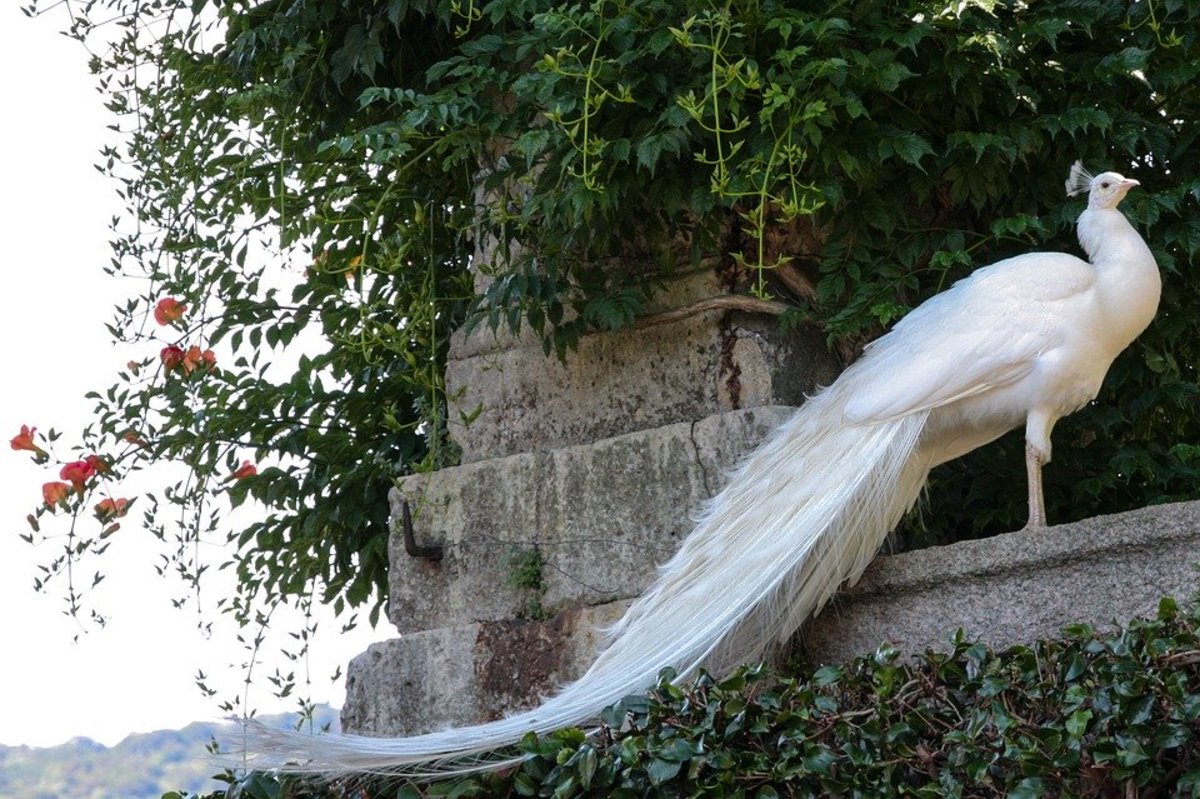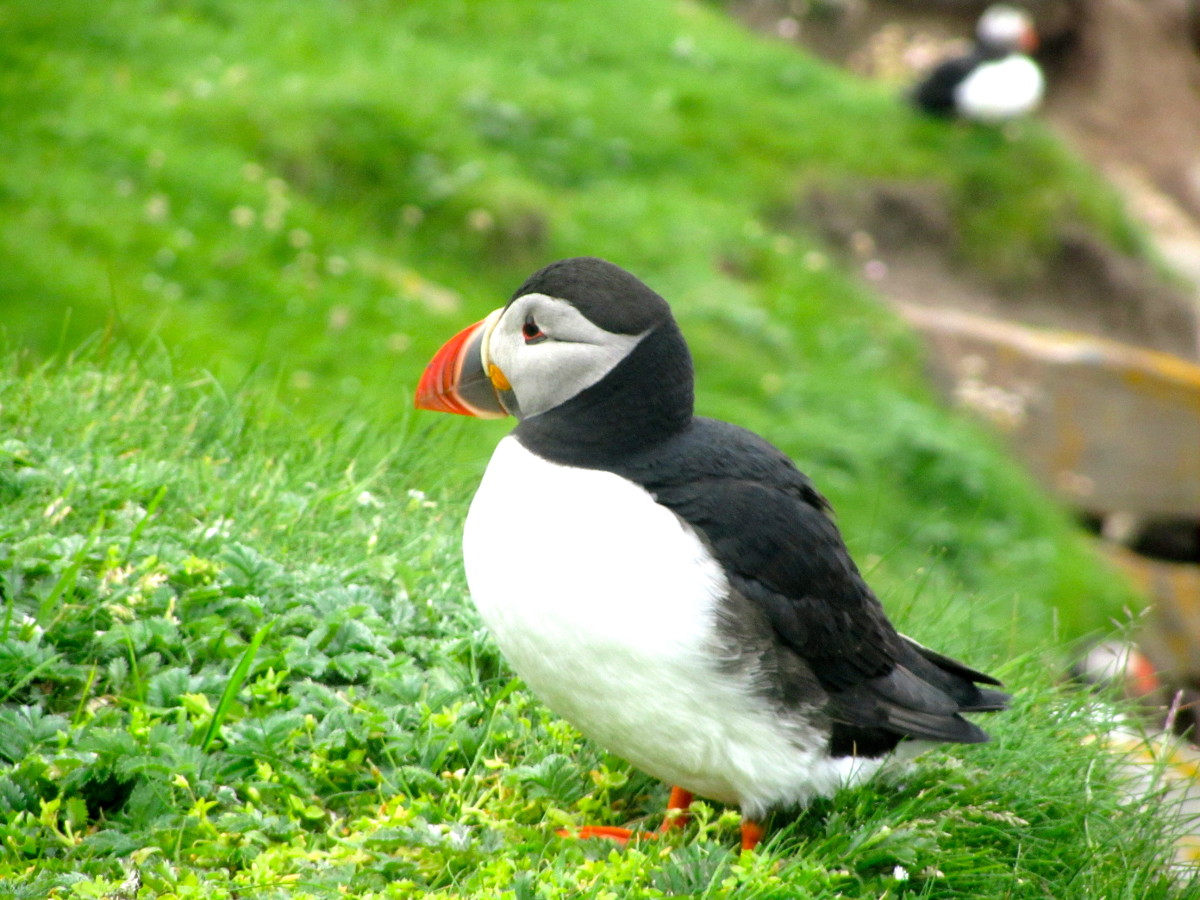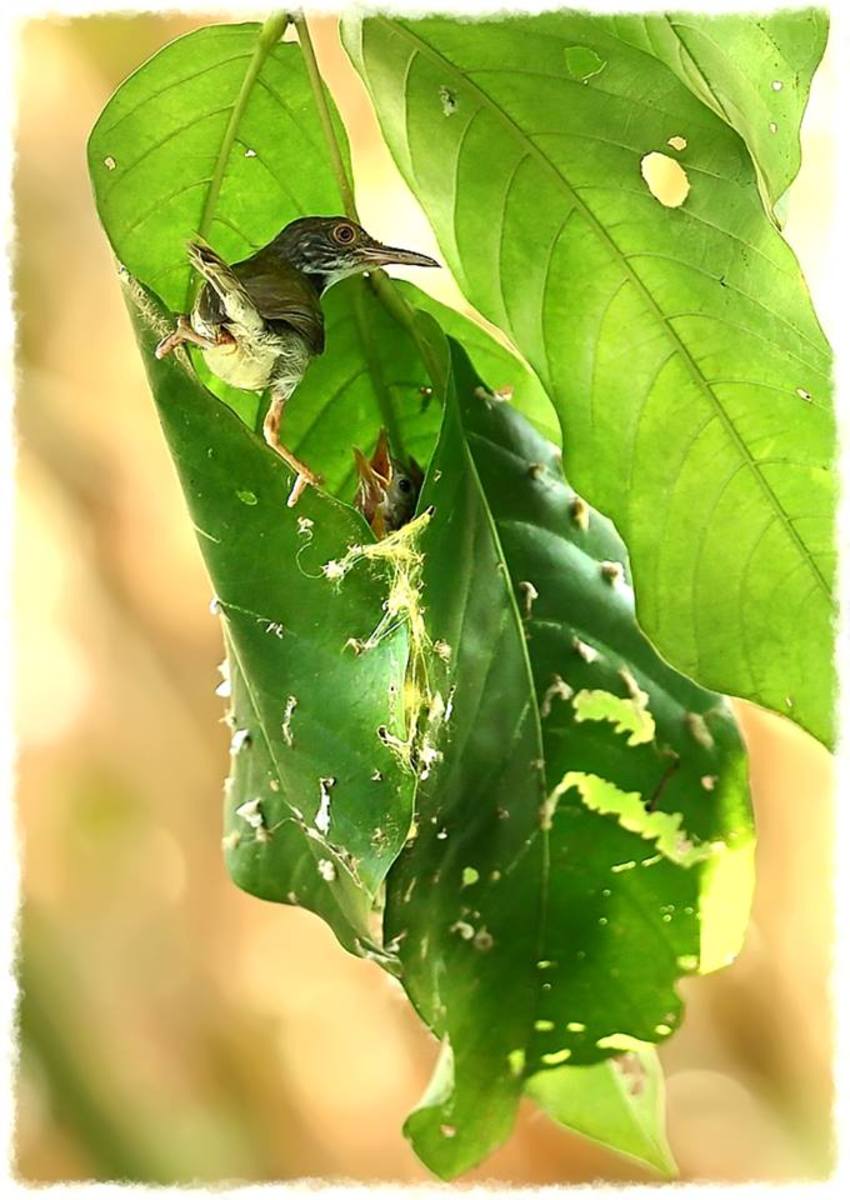What the Duck Is Going On with the Birds?
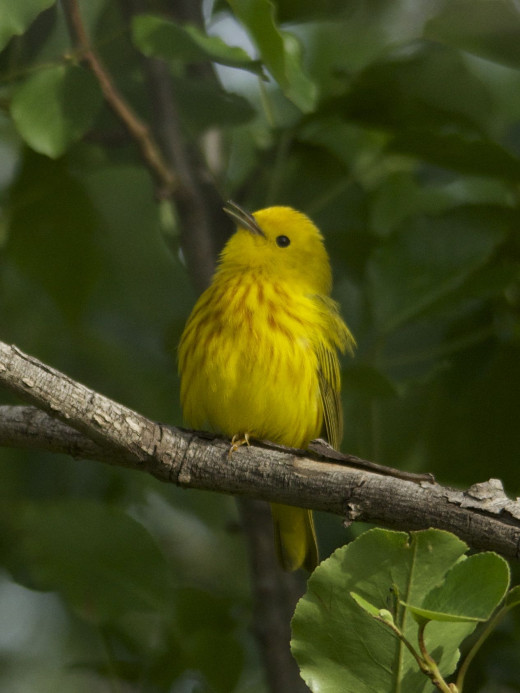
Is This a Major Cause for Concern?
Several bird species are still in the northeast regions of the United States, and many birders have been enjoying them. Southern Maine from York to Saco has been enjoying the Western Tanager, the Tennessee, Yellow, and the Nashville Warbler, as well as the Baltimore Oriole. Old Orchard Beach and Scarboro, Maine have been enjoying the Little Blue Heron, as well. New York City’s Central Park has also been hosting the Painted Bunting.
These are all neotropical migrants that should have left that part of the country six to eight weeks ago. Generally, adult birds migrate south first and pick up the choicest territories, usually where they hung their hats last winter. Finally, the juvenile birds head south, and in rank and file, they may have very poor territories, which makes it even harder for them to survive, and some don’t.
As far as I can tell, we're not looking at large numbers of birds that are still in the northeast, just a few stragglers whose magnetic mapping might not have been up to snuff.
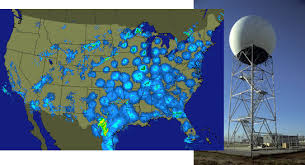
But, What If?
Our fat little guests should be rather healthy and robust now, but it is not known how much longer they will attempt to stay in the northern climes. For the sake of food and territory, they have the crème de la crème at this juncture, but once it gets cold, unless they leave quickly, they won’t be able to survive more than a couple of days of a hard freeze. Our northern birds have much more insulation than they do, and are able to handle the cold much better, plus they know how to use shelters and where to find them.
You'll Need This For Unusual Birds in Your Part of the Country
El Nino and Global Warming
The last time this kind of weather occurred, was during the El Nino season of 2009, followed by 2002. Most of the world has had record temperatures over November and up until the present. The El Nino effect, a phenomenon where the equatorial regions of the Pacific become superheated, causes the north to experience much warmer temperatures. This is actually a very common occurrence, but with this being coupled with global warming, it will occur more frequently as time progresses.
Since the polar cap is shrinking, the angles of the ice versus the warming effects of the sun are no longer able to warm the earth like they used to do. Without El Nino warming the water, this will create a dual effect for the following year, which will gift us with winters that are much more normal, more intense cold. We will see more seasonable temperatures, as well as more snowfall, until the next El Nino, of course.
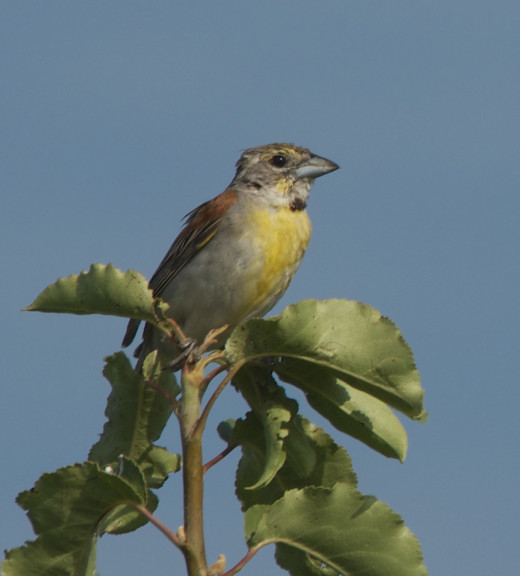
Overall, What Is Happening Here?
Birders are going to be noticing a lot of new things over the next decade. As the overall climate warms in general, insects will be moving north and will be staying longer in the central northern and northeast parts of the United States.
As an example, warblers are insectivores, as are sparrows. As common sense dictates for these birds, why leave an area if there is still plenty of food to go around?
With the ornithological field still wide open and plenty to study, there are still a lot of questions that remain unanswered. As citizen scientists, you are making valuable contributions by watching your feeders on a daily basis, observing and reporting what species of birds that are there all year long. Through the eBird database, this data is tabulated and new trends are found as they occur. Over a certain period, we find that shifts occur with the seasonal locations of our birds, and then we discover why. It is simply survival, and now that we have an idea of why this happens, global warming makes more sense, doesn't it? Even our ducks are still up north, which is why we have so few in the south now.
Does feeding the birds really make that much of a difference? Absolutely! If your friends and family invited you to dinner more, wouldn't you be inclined to visit more often? It is the same principal. With birds having so many challenges with migration, if there is more food available for a longer period of time, it will make it less likely that all of them will disappear to the tropics. As the years go on, you'll discover through more and more research that YOU provide, this will most likely be the case.
Try it for yourself and see what a difference you can make. Submit your data on eBird and you'll be glad that you did. It's easy, so make a profile and get started today in the name of science.
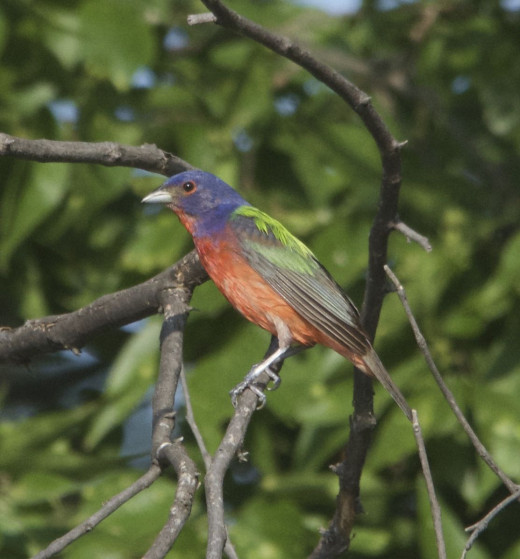
Can I Have a Little Help For My Friends?
However, what about the birds that are not in Central and South America like they should be? Time will definitely tell on that one. All I can say is to keep those feeders clean and filled with quality black oil sunflower seeds, hang up plenty of suet for the woodpeckers, and keep those birdbaths full of fresh water. In the north, it won’t hurt to set up a few extra roost boxes for the birds to escape the cold when needed. Be kind to the birds, as they need all the help that they can get.
The Cornell Lab of Ornithology is still recording the Christmas Bird Count totals, so there will be plenty of unusual birds on their lists for this December. I’m willing to bet that this was one of the most unusual years on record.
Keep your eyes on the ground and your head in the clouds. Happy birding!
